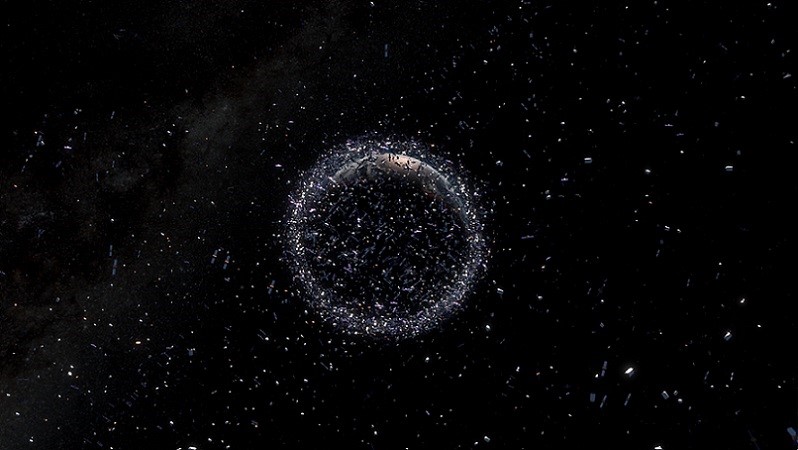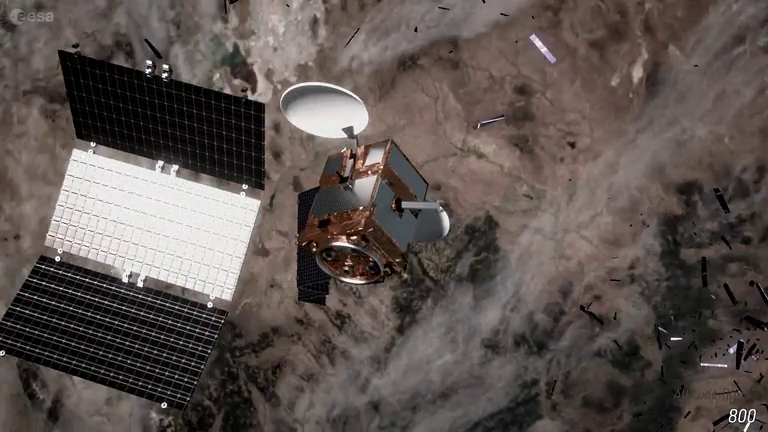Monday, 12 October 2020
- Swirling fragments of past space endeavours are trapped in orbit around Earth, threatening our future in space. Over time, the number, mass and area of these debris objects is growing steadily, boosting the risk to functioning satellites.
- ESA’s Space Debris Office constantly monitors this ever-evolving debris situation, and every year publishes a report on the current state of the debris environment

Highlights of the report
– Worrying trends
The number of debris objects, their combined mass, and the total area they take up has been steadily increasing since the beginning of the space age. This is further fuelled by a large number of in-orbit break-ups of spacecraft and rocket stages.
On average over the last two decades, 12 accidental ‘fragmentations’ have occured in space every year – and this trend is unfortunately increasing.
– On the bright side
While not all satellites currently comply with international guidelines, more and more space actors are attempting to stick to the rules.
When it comes to rockets, more and more are being sustainably disposed of. Between 40 and 80% of those in a non-compliant low-Earth orbit this decade attempted to comply with debris mitigation measures. Of these, 30-70% did so successfully.
The amount of ‘traffic’ launched into the low-Earth orbit protected region – up to 2000 km in altitude – is changing significantly, in particular due to the proliferation of small satellites and constellations. Around 88% of small payloads launched into this region will naturally adhere to space debris mitigation measures due to their low altitude, meaning they break up in Earth’s atmosphere. Between 30-60% of all satellite mass (excluding from human spaceflight) is estimated to adhere to end-of-life guidelines for the same reason.
Satellites launched into the geostationary protected region, 35 586 – 35 986 km in altitude, have very high rates of adherence to debris mitigation measures. Between 85% and 100% that reached the end of their life this decade attempted to comply with these measures, of which 60% – 90% did so successfully
-What Now
Systematic analysis of changing behaviours in space, when it comes to the adoption of debris mitigation measures, provides reasons to be cautiously optimistic – this was not the case a decade ago.
We must think of the space environment as a shared and limited natural resource. Continued creation of space debris will lead to the Kessler syndrome, when the density of objects in low Earth orbit is high enough that collisions between objects and debris create a cascade effect, each crash generating debris that then increases the likelihood of further collisions. At this point, certain orbits around Earth will become entirely inhospitable.

ESA is actively working to support the guidelines for the long-term sustainability of outer space activities from the UN Committee on the Peaceful Uses of Outer Space, including funding the world’s first mission to remove a piece of debris from orbit, helping to create an international space sustainability rating and developing technologies to automate collision avoidance and reduce the impact on our environment from space missions.
Source : ESA
Copyright photos : ESA
www.esa.int













Be the first to comment on "The current state of Space Debris"